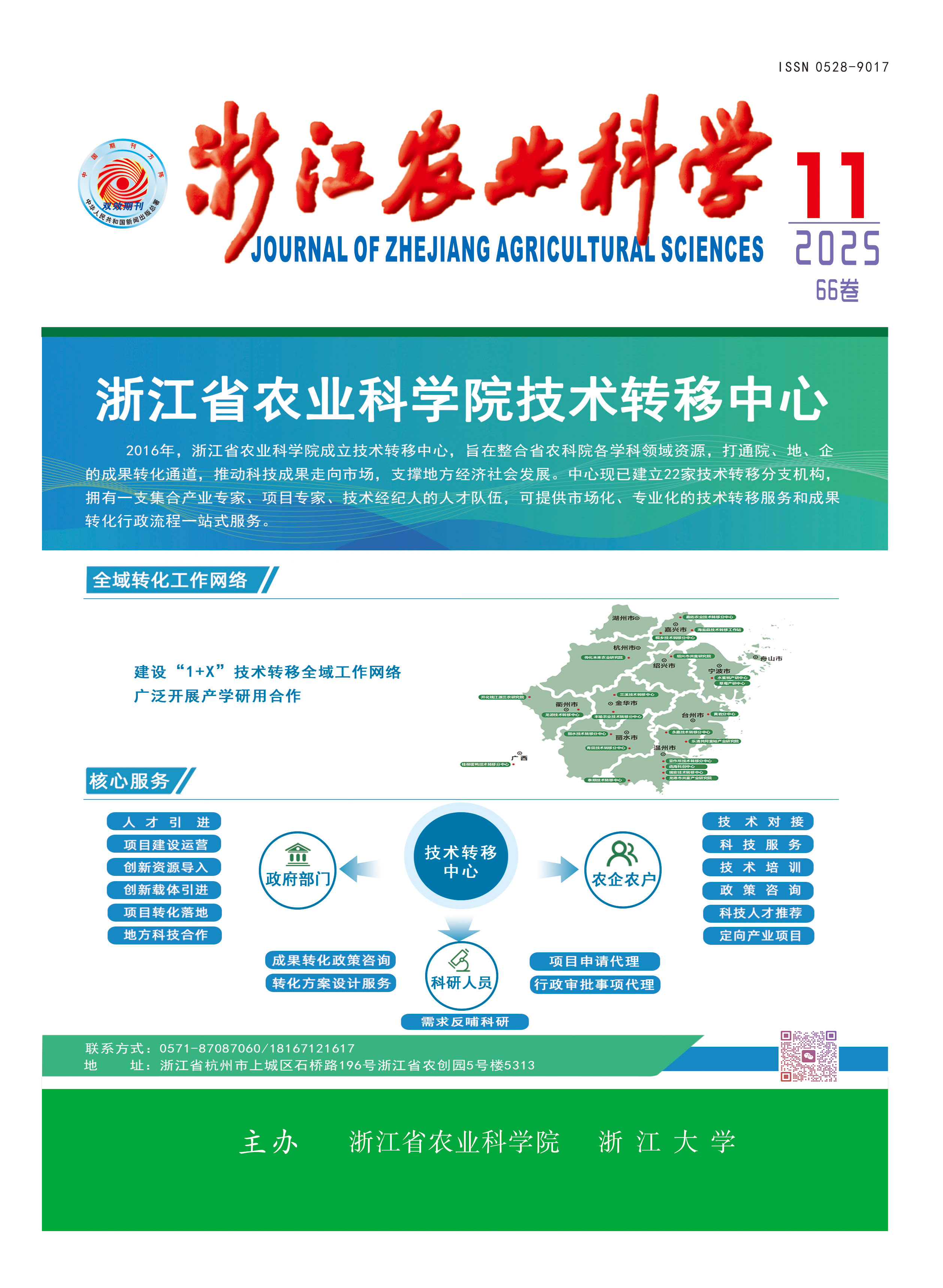This study aims to explore the effects of rapeseed cake organic fertilizer on soil fertility, tree vigor and fruit quality in facility cultivation bayberry orchards, and thereby provide a basis for optimizing soil management and improving economic benefits. A field comparative experiment was conducted, setting up a treatment group applying rapeseed cake organic fertilizer and a group not applying rapeseed cake organic fertilizer (control). The physical and chemical properties of the soil (moisture content, pH value, and contents of organic matter, available phosphorus, available potassium, exchangeable calcium and magnesium contents), tree growth (spring shoot thickness, length) and fruit quality (single fruit weight, and contents of vitamin C, anthocyanin, soluble sugar, titratable acid) of the two groups were determined and analyzed, and the economic benefits were calculated. The results showed that after applying rapeseed cake organic fertilizer, soil fertility was greatly improved, with moisture content increasing by 0.67 percentage points, pH value increasing by 0.40, and organic matter content increased by 46.51%. The contents of available phosphorus and available potassium increased by 43.35%, 95.02% and 192.08% respectively. The contents of exchangeable calcium and magnesium increased by 4.39% and 27.45% respectively. Meanwhile, after applying rapeseed cake organic fertilizer, the tree vigor was enhanced, the thickness of spring shoots increased by 28.05%, and their length increased by 21.64%. After applying rapeseed cake organic fertilizer, the fruit quality was optimized. The single fruit weight increased by 17.21%, the vitamin C content increased by 14.88%, the anthocyanin content increased by 58.12%, the soluble sugar content increased by 21.87%, and the titratable acid content decreased by 9.88%. In addition, after the treatment with rapeseed cake organic fertilizer, the economic benefits of the bayberry orchard increased, with the profit of facility greenhouse bayberries rising by 671 900 yuan·hm-2. This study provides theoretical support and technical paradigms for soil improvement and sustainable production of facility bayberries.

